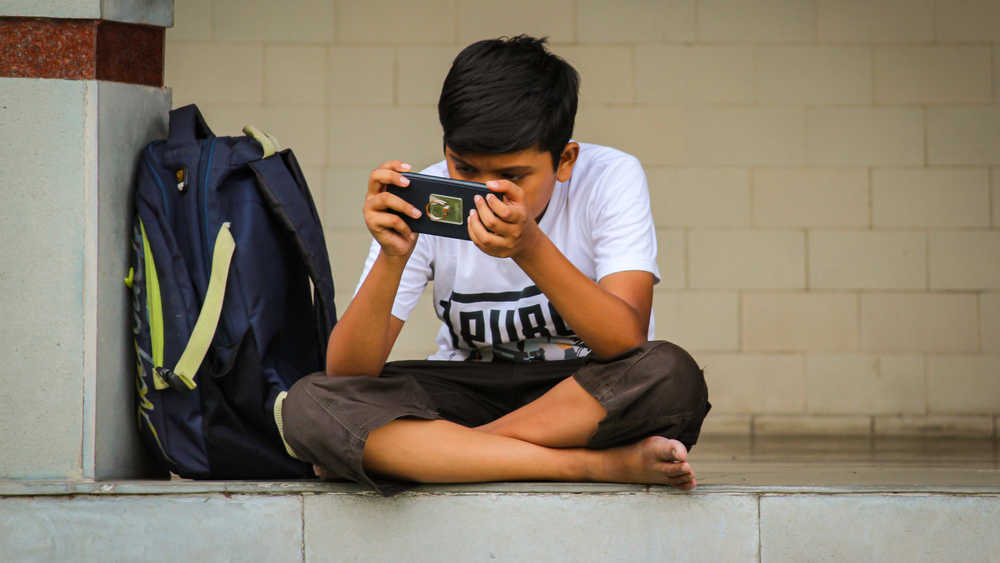
The Covid Effect: Screen and the world
One of the damaging side-effects of the pandemic has been the increased time that children are spending with their digital devices

The virus caused more than the deadly infection. There had already been serious worry and bleak research findings about addiction to digital devices and social media among children and young adults. From disrupted sleep patterns to hurt egos, from anxiety and depression to diminishing attention spans and reliance on constant mood-boosts — the harm was both physical and mental. In spite of the new routes of creativity and widening horizons of knowledge that the online world can offer, for children closeted with the screen for most hours of the day for months on end, some of the damage feared earlier seems unavoidable. A certain attenuation of the free-ranging imagination is also a possibility with the attention fixed on a quickly responding screen. Additionally, staring at it also means straining the eyes while confinement puts an end to strenuous outdoor games.
Enforcing old physical habits, such as going to school again, playing together, going cycling, swimming or climbing, may not be too difficult when the pandemic passes, as youngsters may be longing to be freed of fear and isolation. But mental habits are not as easy to break. The feedback from digital devices may seem much smoother, more predictable, and less troublesome than from real-life situations in which interactions with other people and dealing with immediate tasks turn out to be too challenging to be worth bothering about. The quasi-protective shell offered by the screen is dangerous to developing minds and personalities. But again, the fact that young minds are impressionable is also the reason for hope. They can be made to change — with grown-ups consciously helping them to do so — or they can wish to change themselves. The screen generation is also a wise generation in many ways. The worries and the research come from adults who have made a fair mess of the world. Youngsters might yet show them their place.


0 Response to "The Covid Effect: Screen and the world"
Post a Comment
Disclaimer Note:
The views expressed in the articles published here are solely those of the author and do not necessarily reflect the official policy, position, or perspective of Kalimpong News or KalimNews. Kalimpong News and KalimNews disclaim all liability for the published or posted articles, news, and information and assume no responsibility for the accuracy or validity of the content.
Kalimpong News is a non-profit online news platform managed by KalimNews and operated under the Kalimpong Press Club.
Comment Policy:
We encourage respectful and constructive discussions. Please ensure decency while commenting and register with your email ID to participate.
Note: only a member of this blog may post a comment.